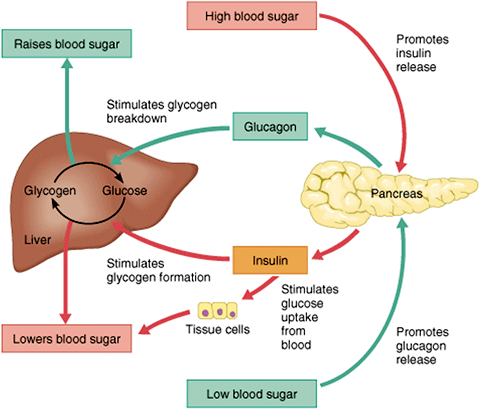Homeostasis refers to the processes that keep internal variables (temperature, pH, glucose levels, fluid balance) within a narrow, healthy range despite external fluctuations.
- Receptor: senses change
- Control Center: processes signal (e.g., hypothalamus)
- Effector: carries out response (e.g., sweat glands, muscles)
